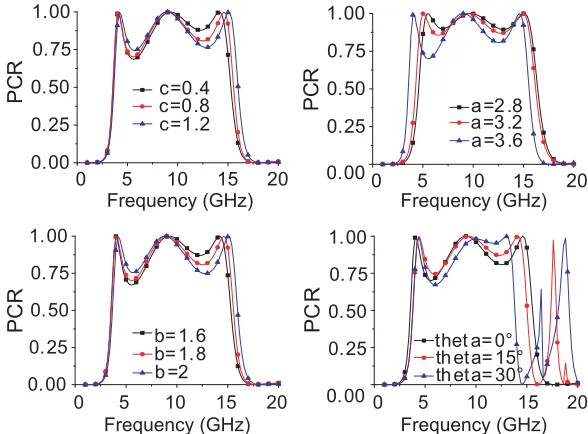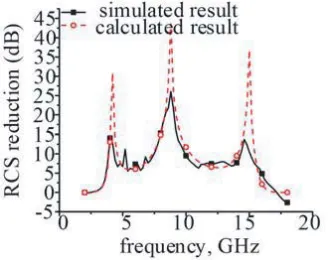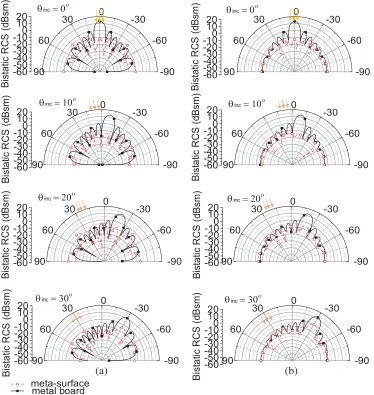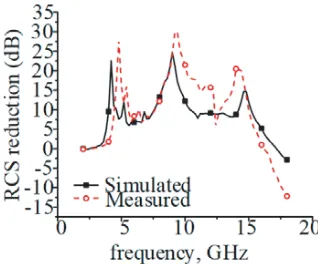An Ultra-Wideband Polarization Conversion Meta-Surface and its Application in RCS Reduction
Full text
Figure




Related documents
Another limitation was that it was single centric study, though foundation module was piloted in three other medical colleges, but Department of Medical Education of KGMC conducted
Using the training set, a multiple linear regression (MLR) model was constructed regarding the image features and DICOM header information as independent variables and regarding
After the patch matching section, image decomposition is done, here we use Targeted Image Denoising (TID) along with wavelet denoising for both decomposition and
Fresh Cheddar whey had higher intensities of buttery and sweet aromatic flavors and higher cardboard flavor intensities following storage compared to Mozzarella whey..
Capacity: It is clear that capacity is an issue with Hadoop and versatile based innovation yet in cloud and High Performance Computing Architecture (HPCC)
Table 1 (in Appendix) shows the economic, religious, political, and social conditions in established Latino and new Latino destinations as well as other nonmetropolitan counties
From reflection co-efficient characteristics of the intermediate design (fig.6), a broad band of 31.25% bandwidth is observed in the range from 6.48 GHz to 8.88 GHz
In order to study the seismic response of structure with and without expansion joints, a plan of G+5 existing residential building was used, which has 6

